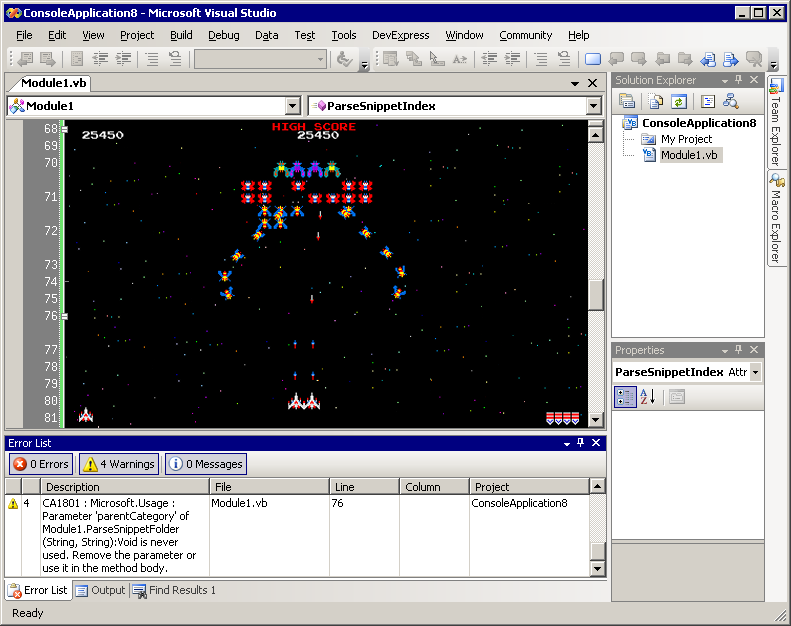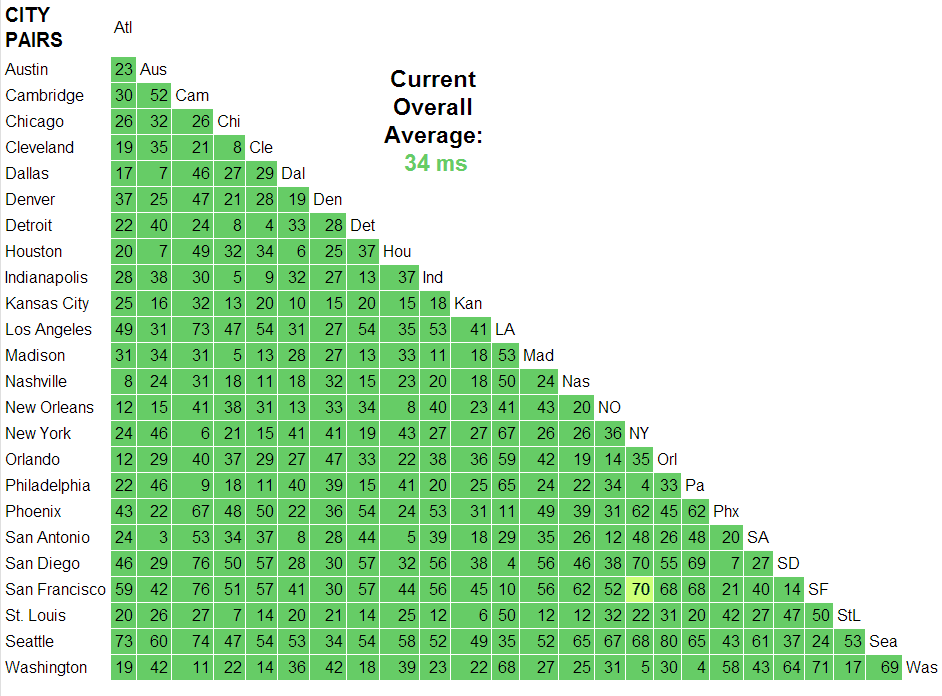
eink
The Evolution of eInk
Sure, smartphones and tablets get all the press, and deservedly so. But if you place the original mainstream eInk device from 2007, the Amazon Kindle, side by side with today’s model, the evolution of eInk devices is just as striking. Each of these devices has a 6 inch eInk










